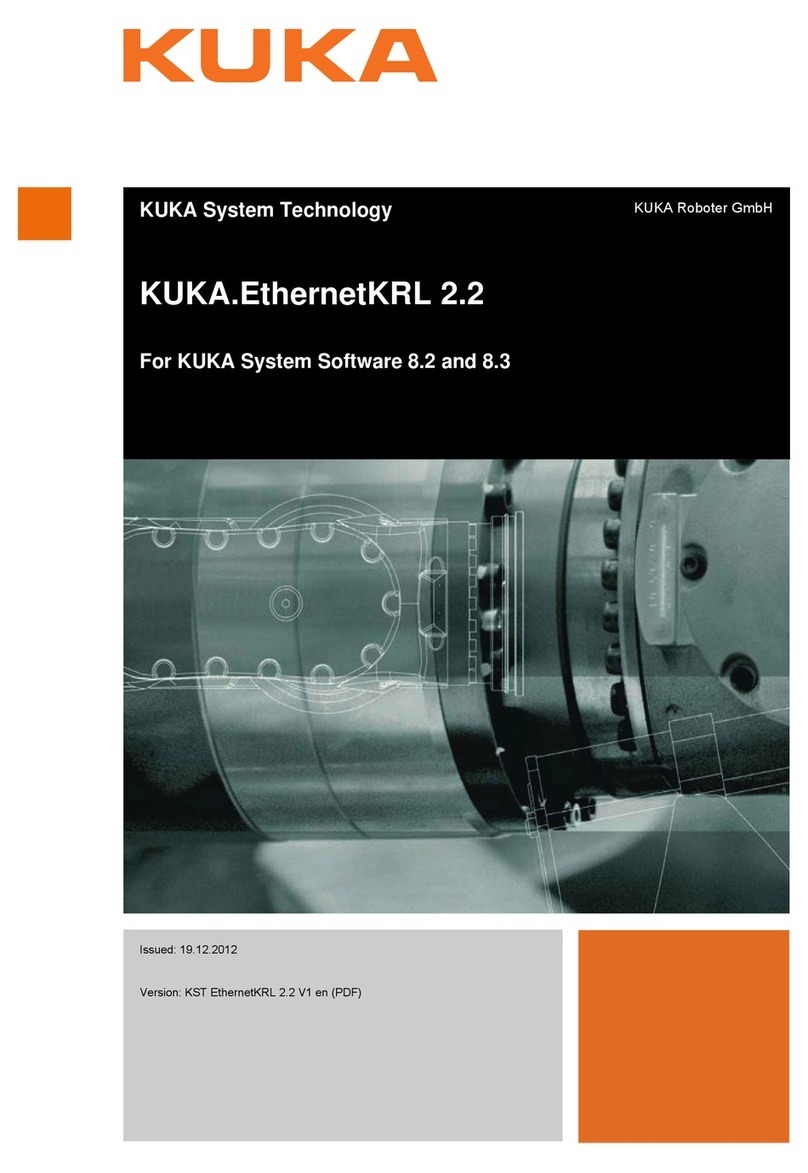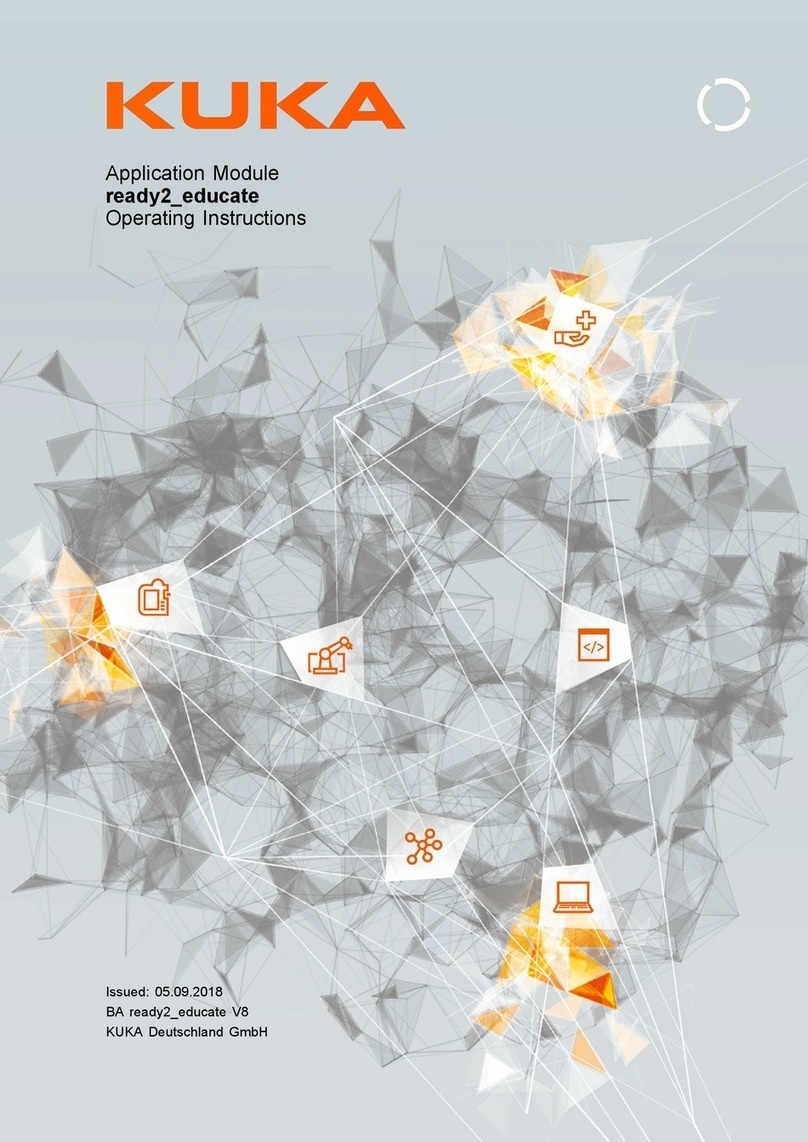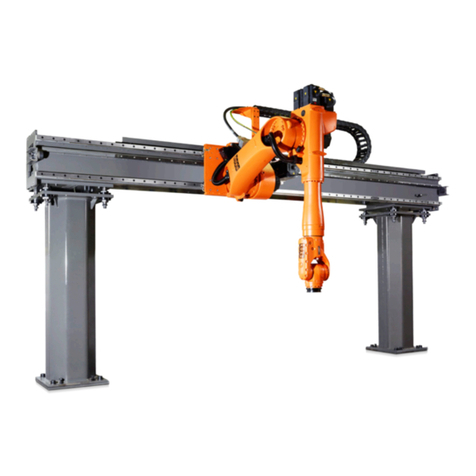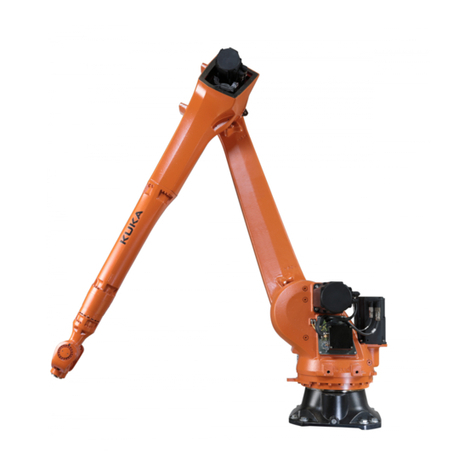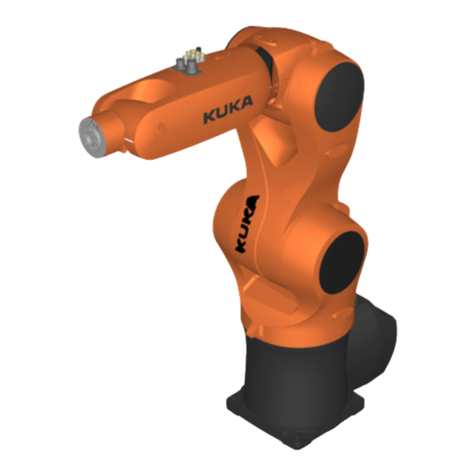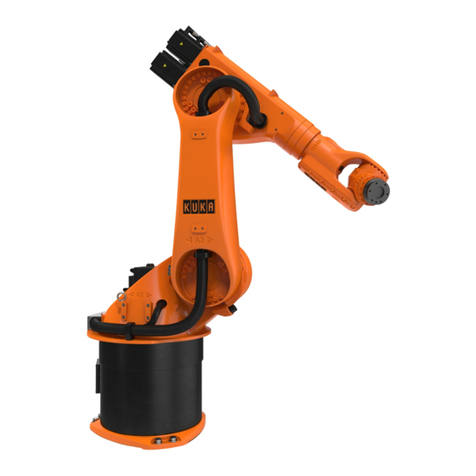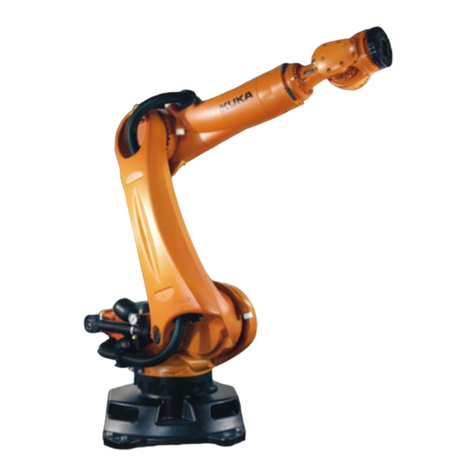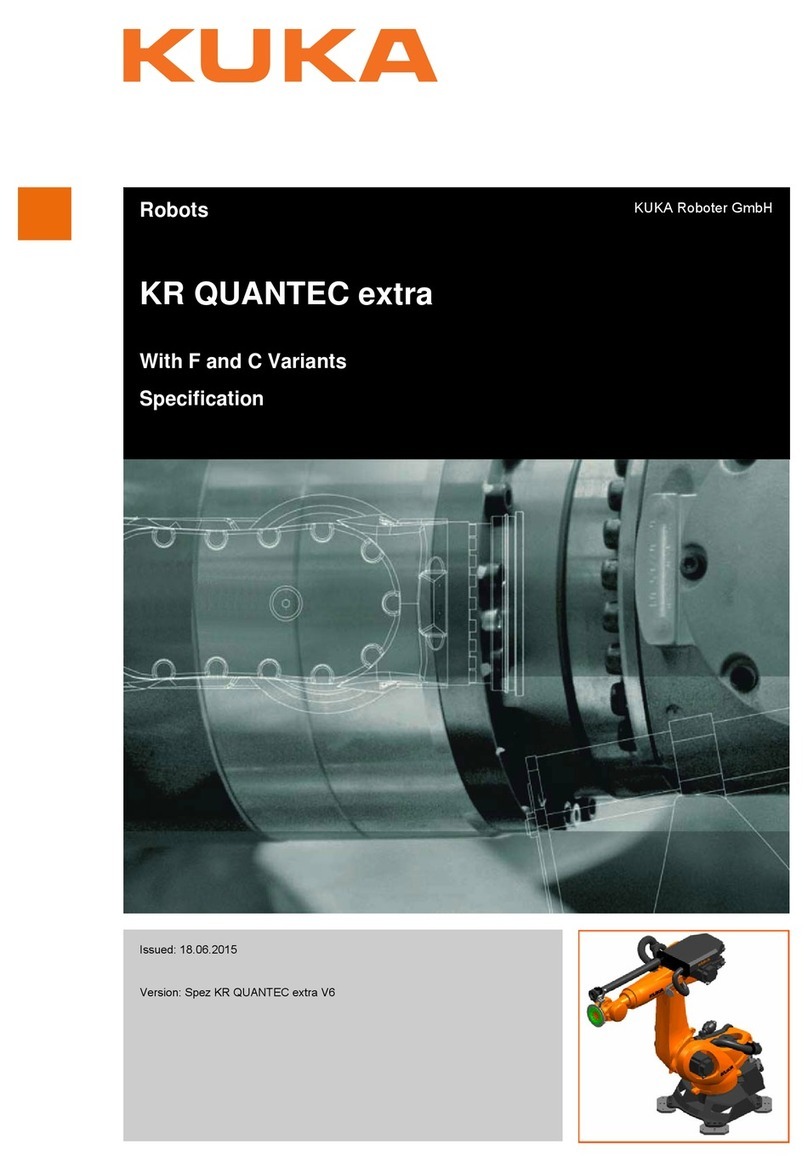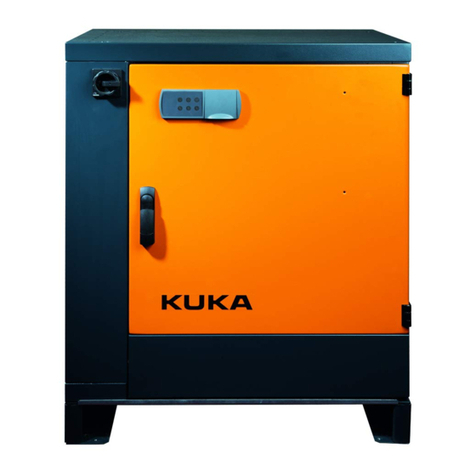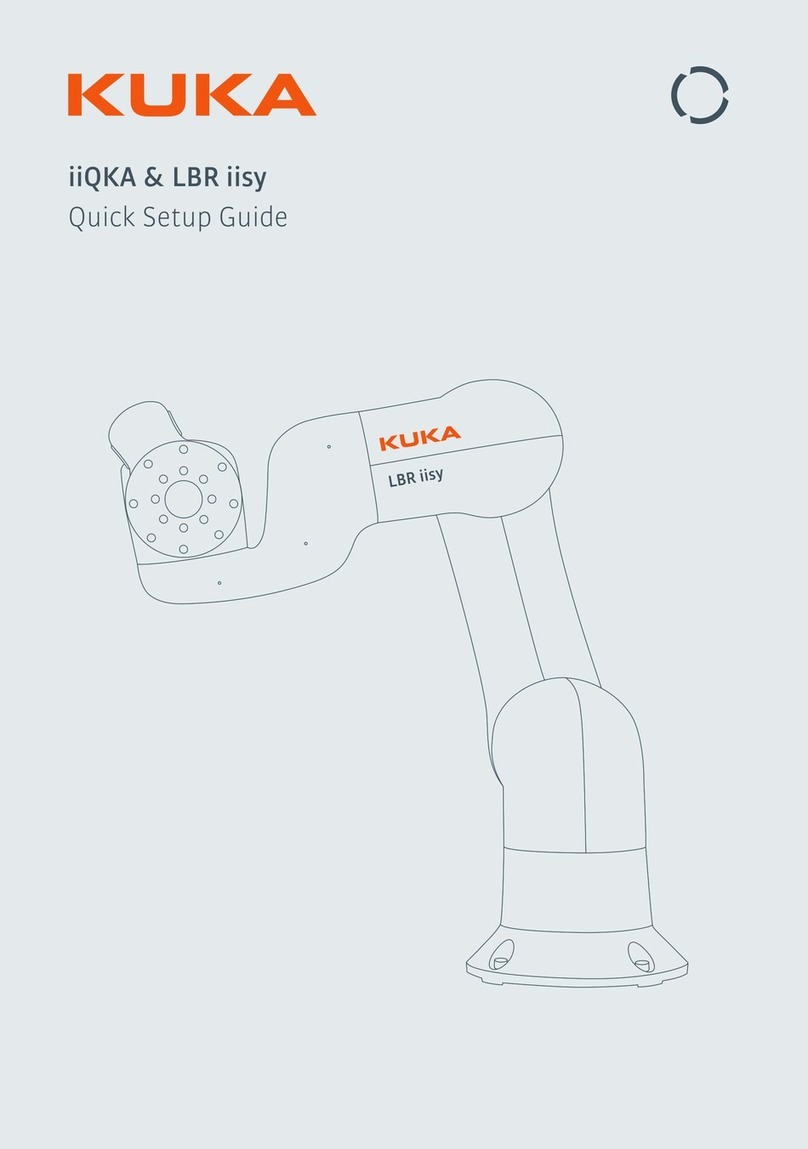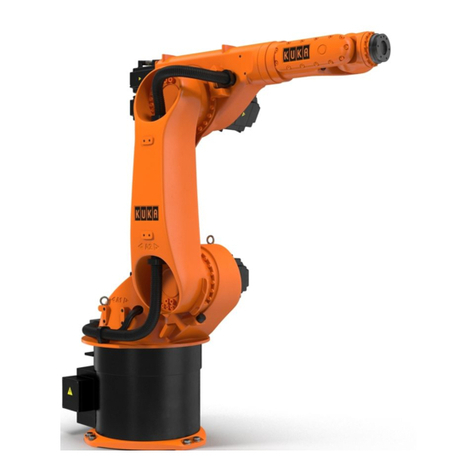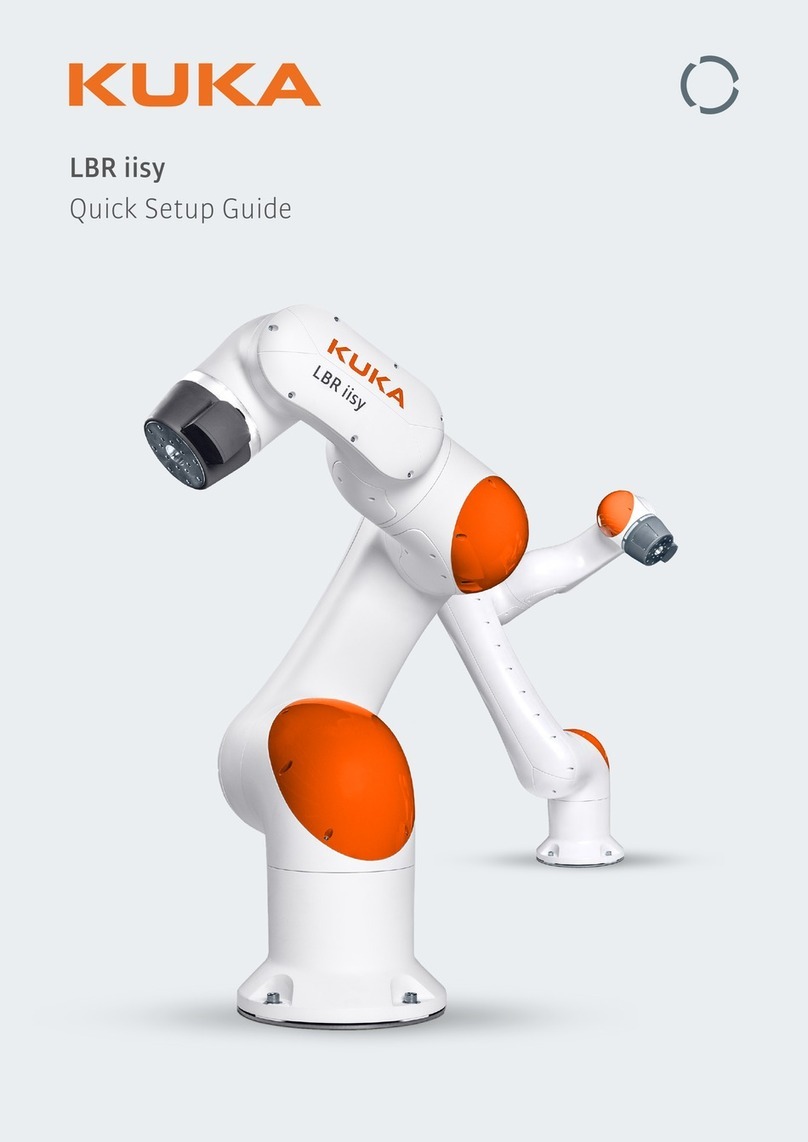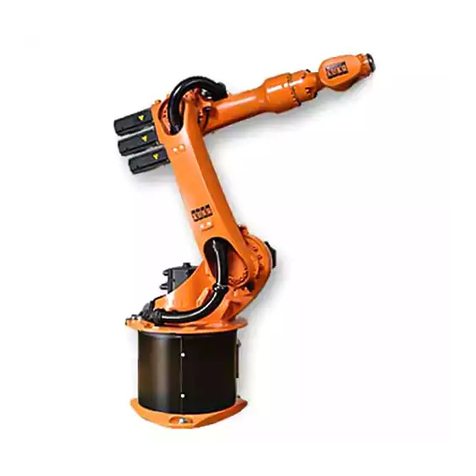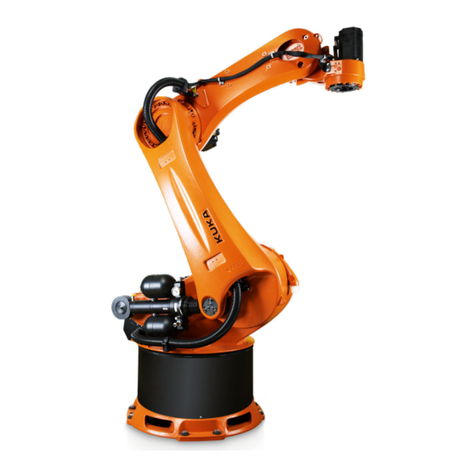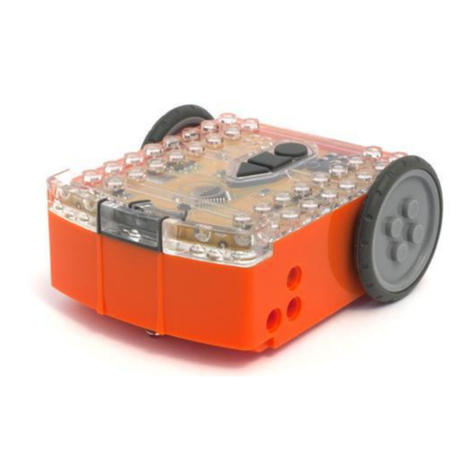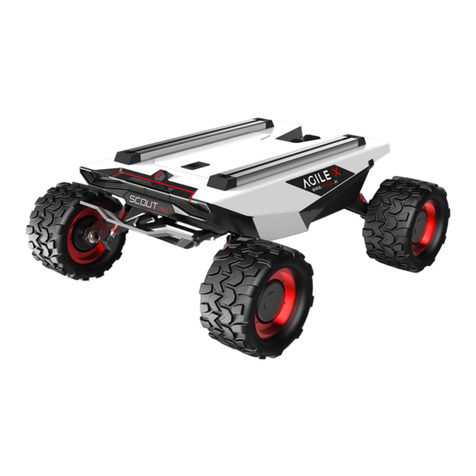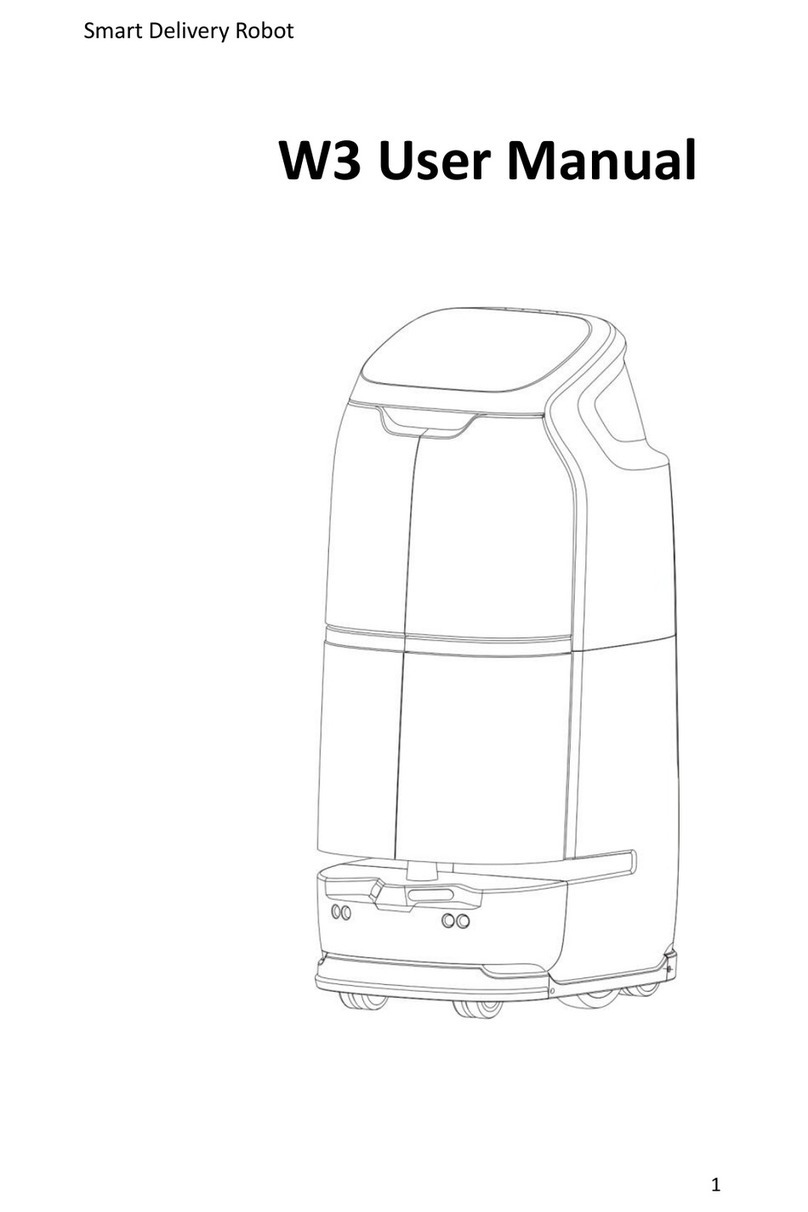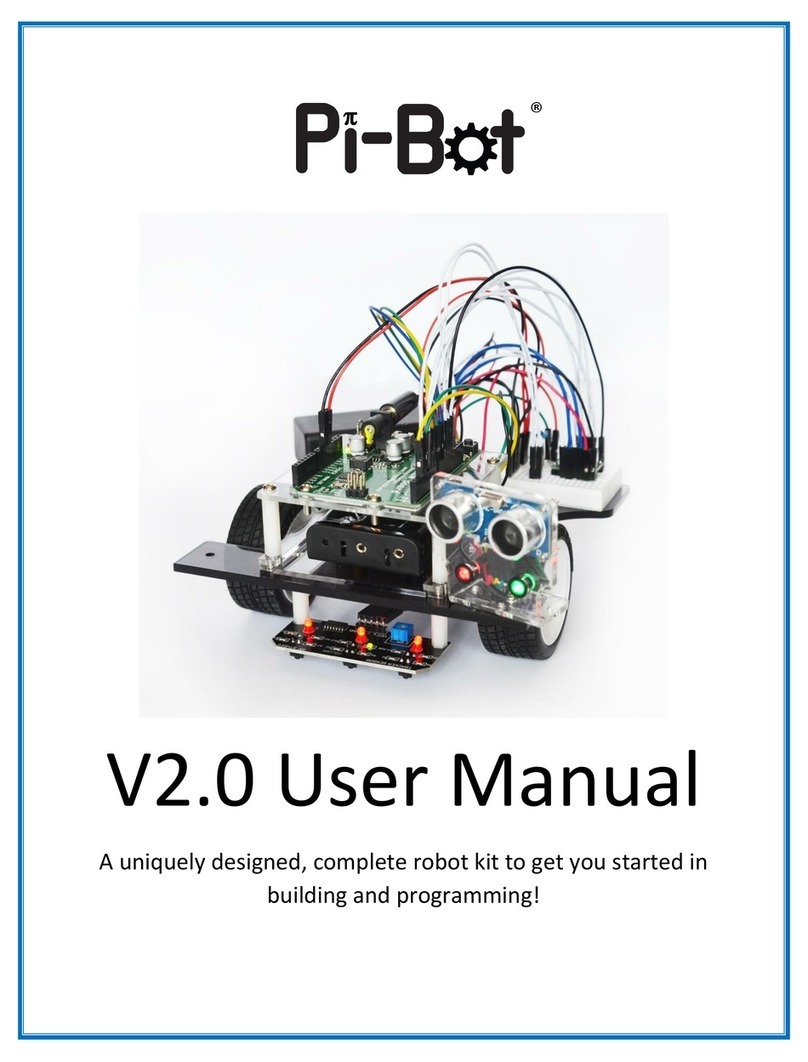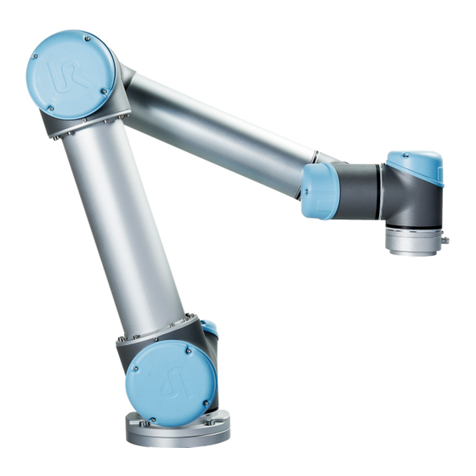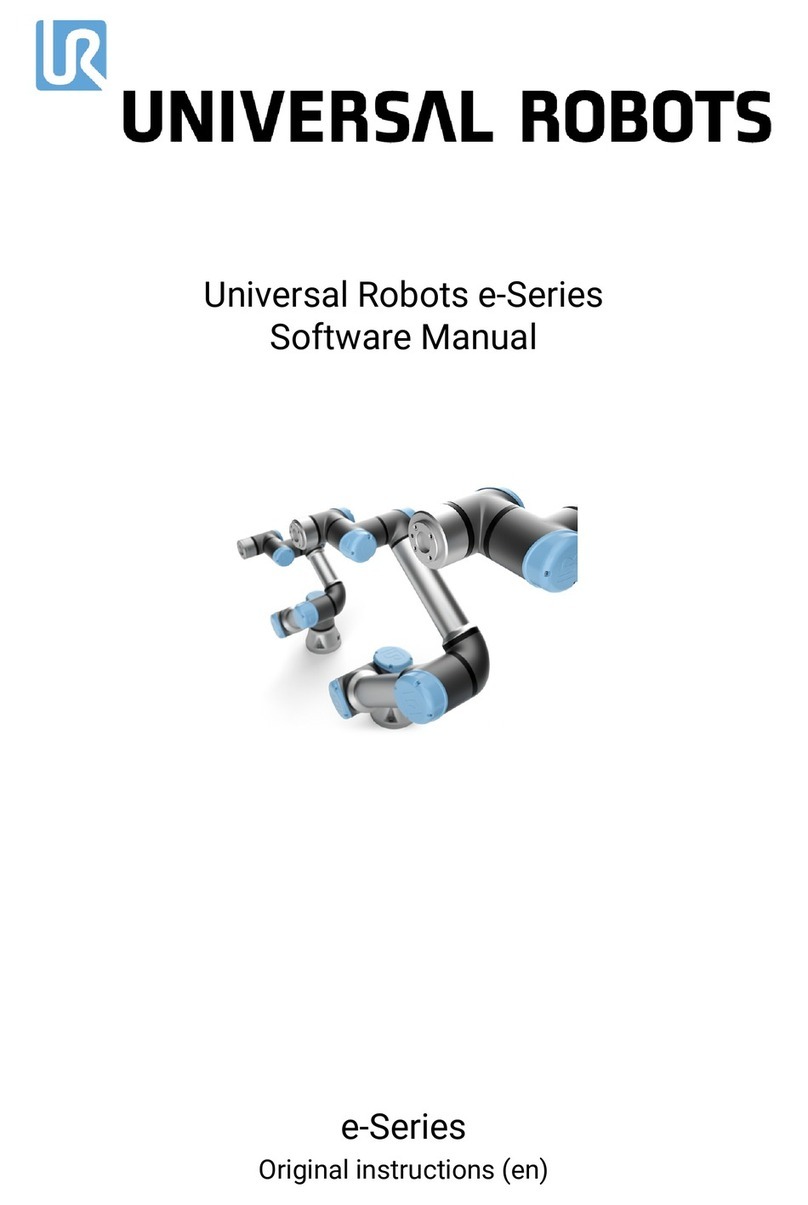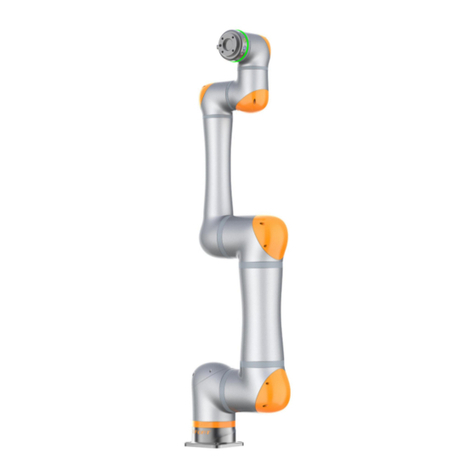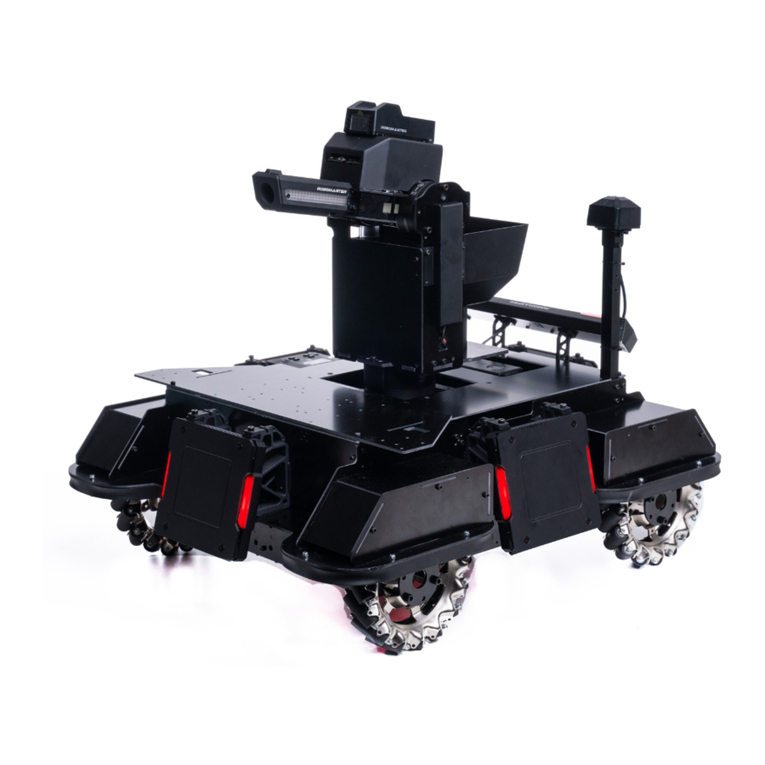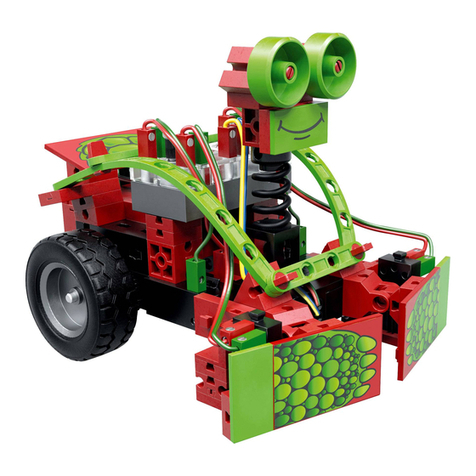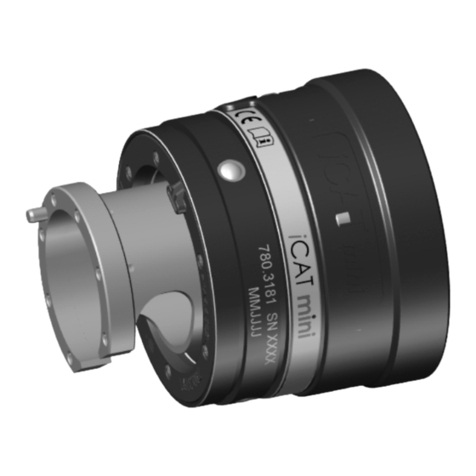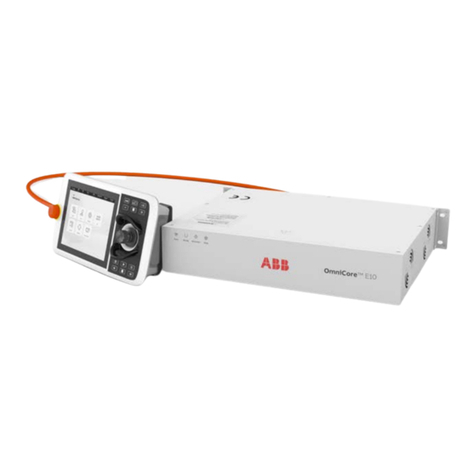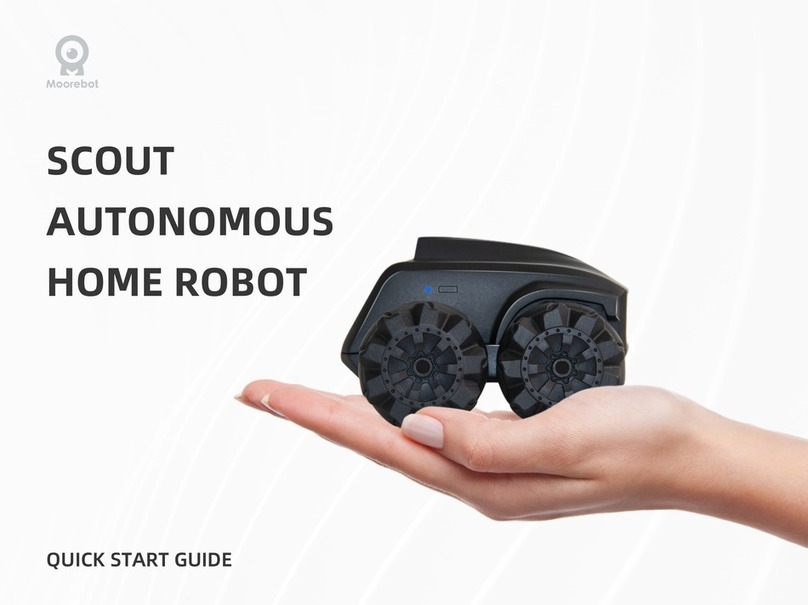PULSE Carrier Assembly Instructions Manual / Revision: Release
PULSE_DM_DI_PULSECarrierAssemblyInstructionsManual_V.171011/ Date: 10.11.2017
1 / 89
TABLE OF CONTENTS
1 INTRODUCTION..............................................................................................................................................3
1.1 System Background ..................................................................................................................3
1.2 Information about these instructions ......................................................................................3
1.3 Representation of Warnings and Notes ...................................................................................3
1.4 Safety Signs on the System.......................................................................................................3
1.4.1 Prohibiting Signs....................................................................................................................... 4
1.4.2 Mandatory Signs....................................................................................................................... 4
1.4.3 Warning Signs...........................................................................................................................4
2INTENDED USE..................................................................................................................................................5
3 SAFETY ..............................................................................................................................................................7
3.1 Disclaimer................................................................................................................................. 7
3.2 Safety Equipment .....................................................................................................................7
3.3 Personnel..................................................................................................................................8
3.4 Safety Regulations.................................................................................................................... 9
3.5 Safety Instructions Governing Specific Operating Conditions................................................11
3.5.1 Commissioning .......................................................................................................................11
3.5.2 Maintenance work .................................................................................................................11
4 TOOLS REQUIRED............................................................................................................................................12
4.1 Tools Required for PULSE Installation.....................................................................................12
5 INSTALLATION .................................................................................................................................................13
5.1 PULSE Floor Mounted System ................................................................................................13
5.1.1 Prerequisites...........................................................................................................................13
5.1.2 Energy Control and Power Lockout (ECPL).............................................................................18
5.1.3 Handling and Lifting Safety.....................................................................................................20
5.2 PULSE Floor Mounted Material..............................................................................................21
5.3 Static Tower set-up.................................................................................................................22
5.4 Lifter Tower Set-Up.................................................................................................................37
5.5 Attach Rail Mounting Brackets ...............................................................................................40
5.6 Attaching Rail to Mounting Brackets......................................................................................42
5.6.1 Attach Rails to Rail Mounting Brackets...................................................................................42
5.7 Lifter Drive and Drive Shaft Assembly....................................................................................44
5.8 PULSE Return Rail Mounting Kits ...........................................................................................51
5.8.1 Mount Rails to the Return Rail Mounting Kits........................................................................51
5.8.2 Mounting Return Rail Mounting Kits......................................................................................52
5.8.3 Weld Angle Iron from the Return Rail Mounting Kits.............................................................53
5.9 Chassis-Pallet Marriage Procedure.........................................................................................58
